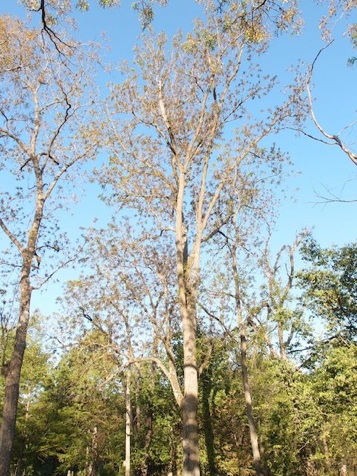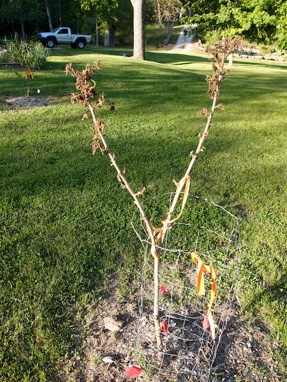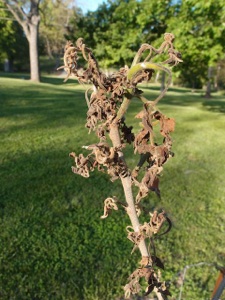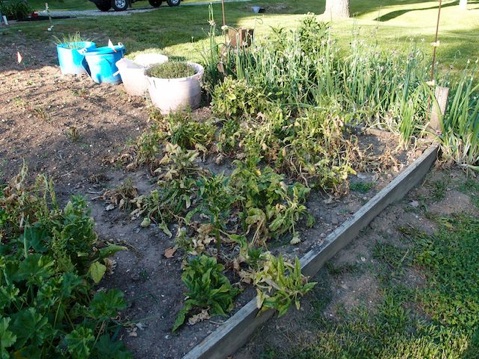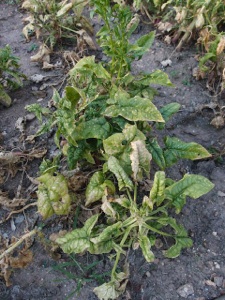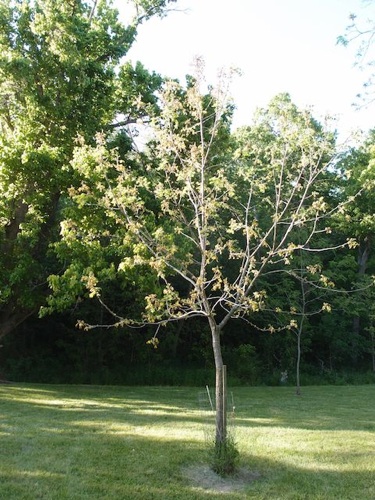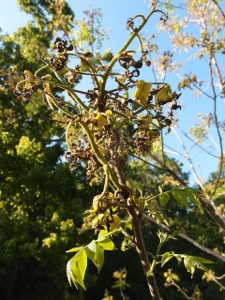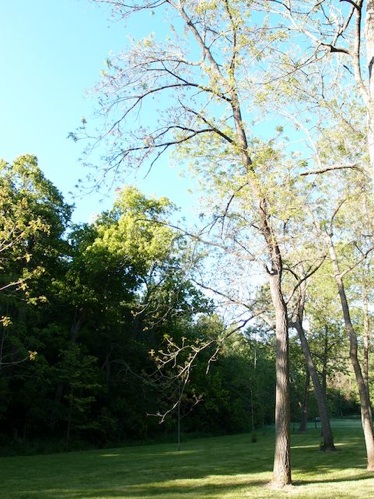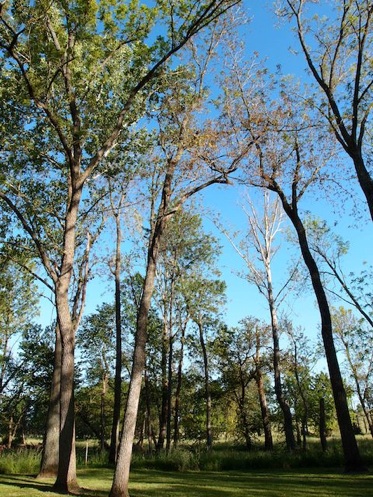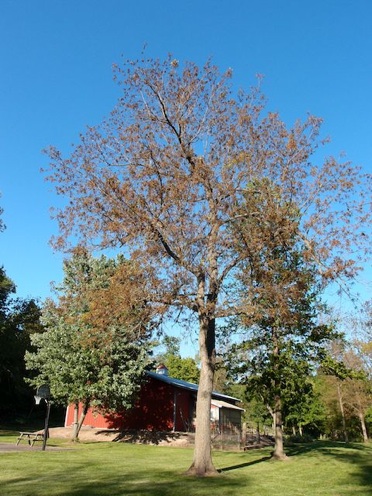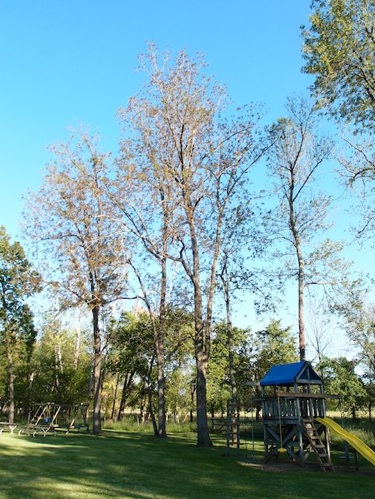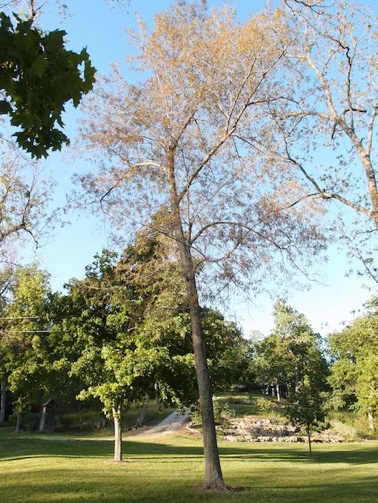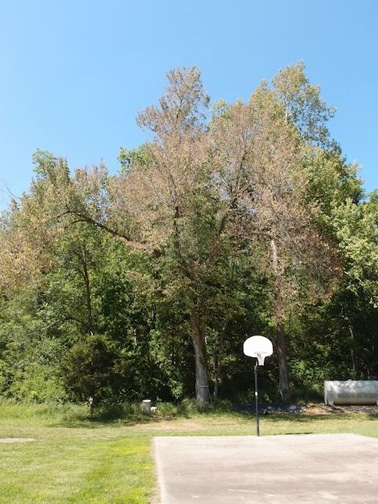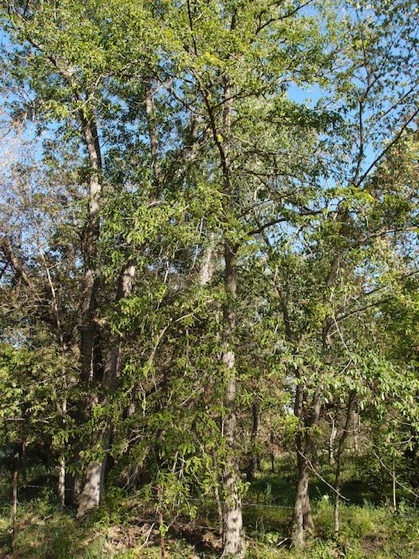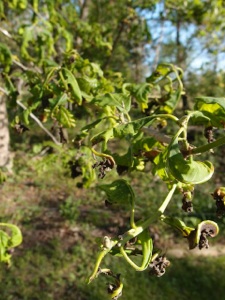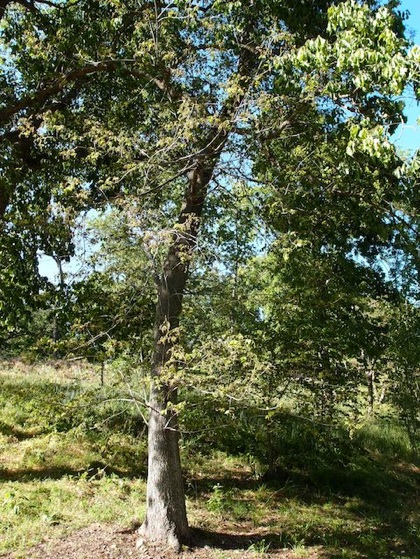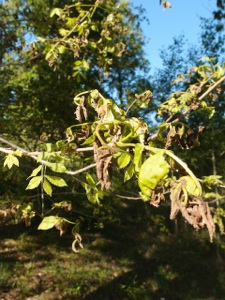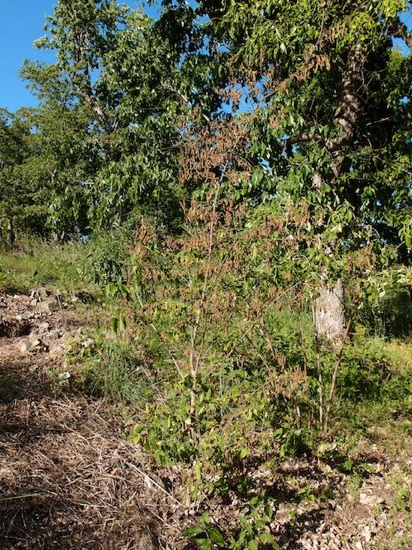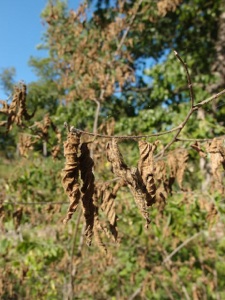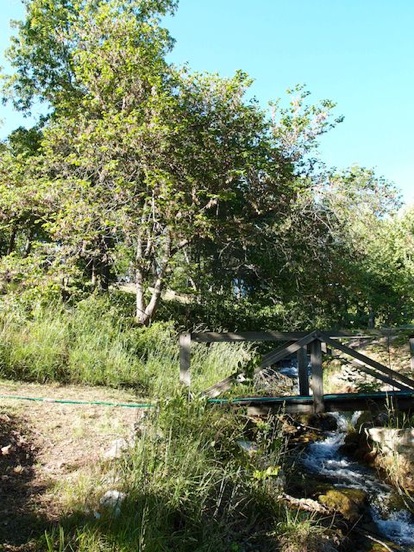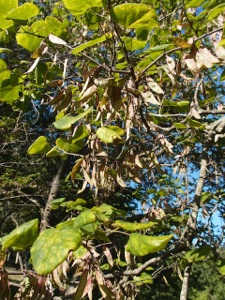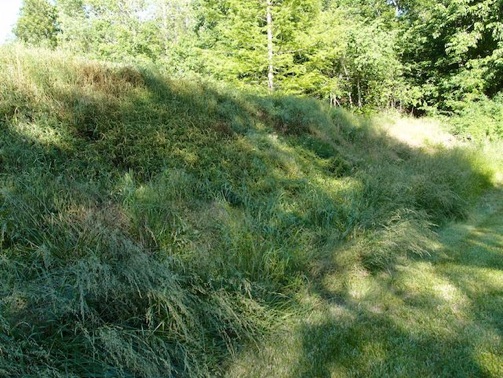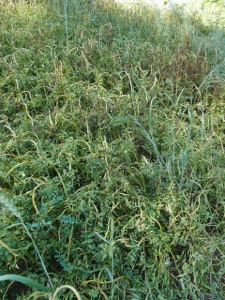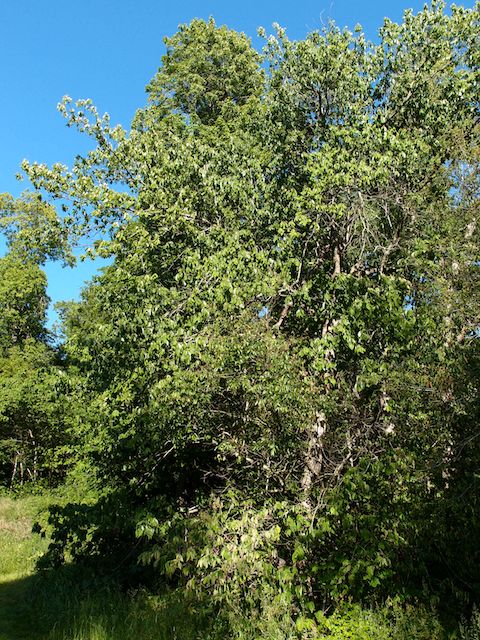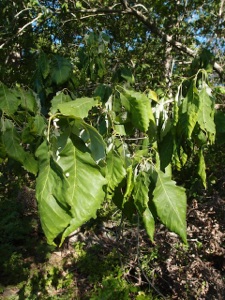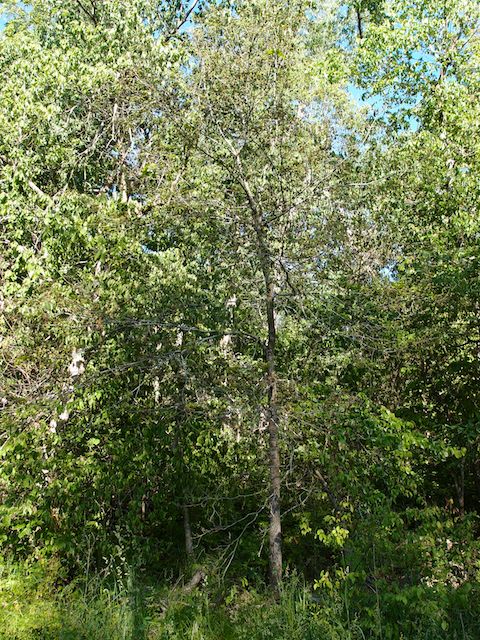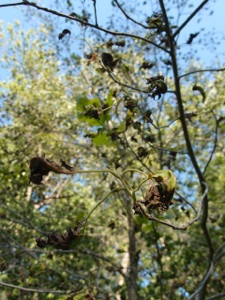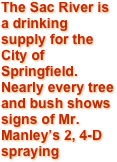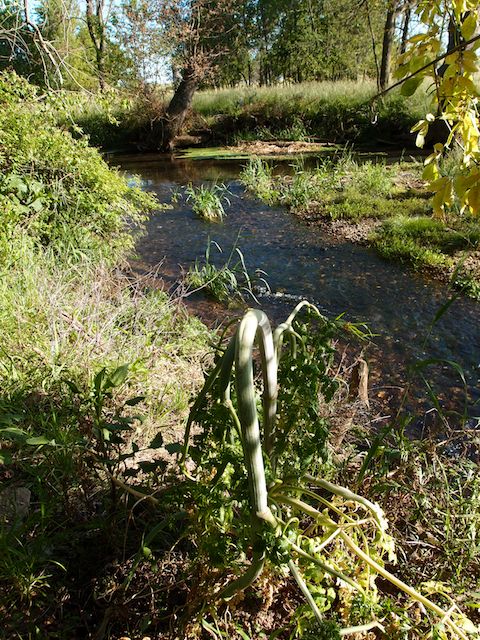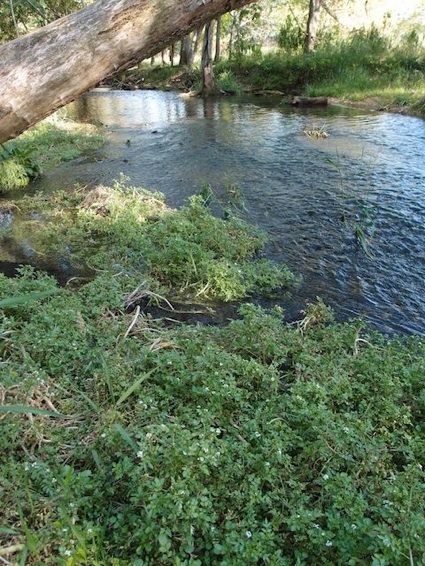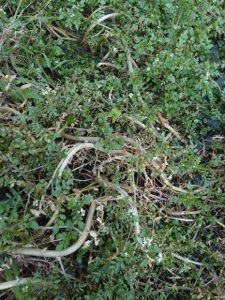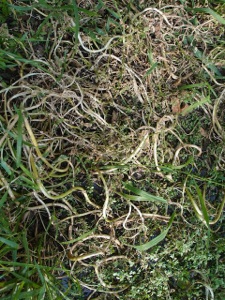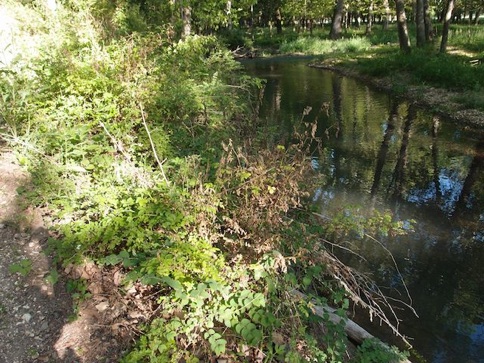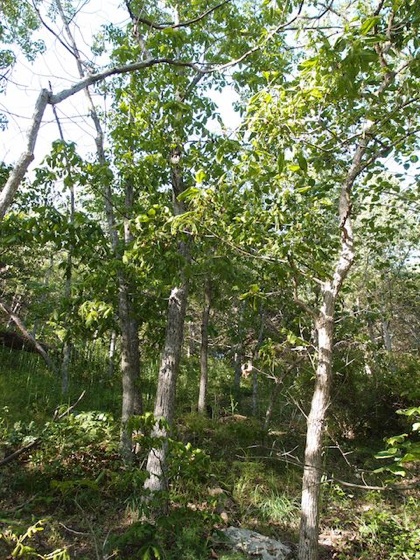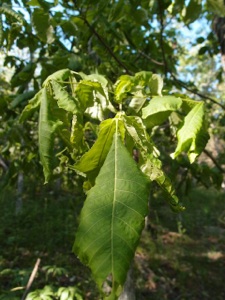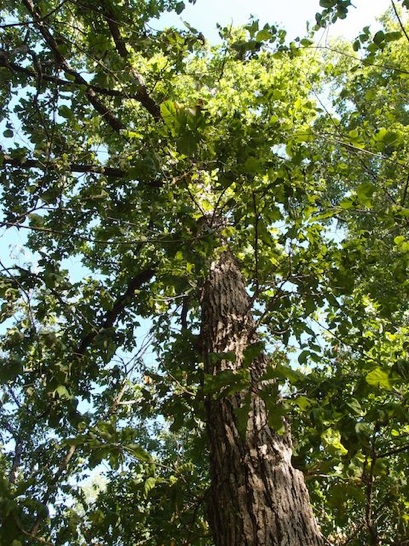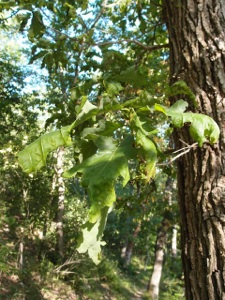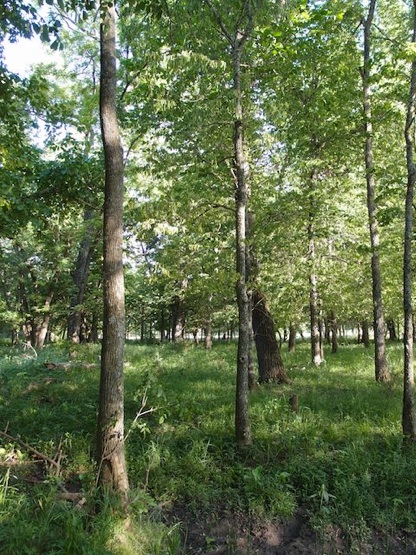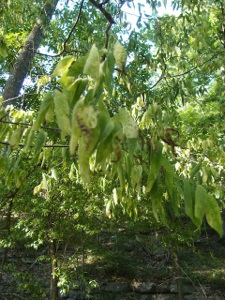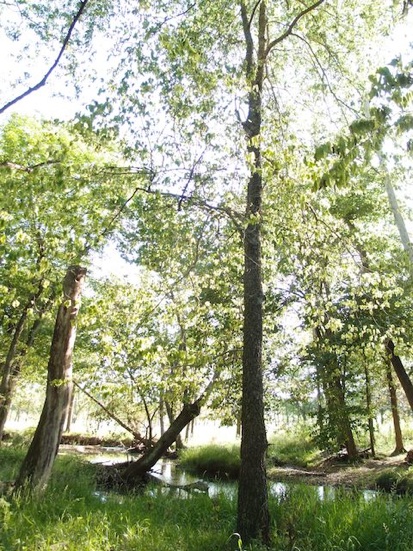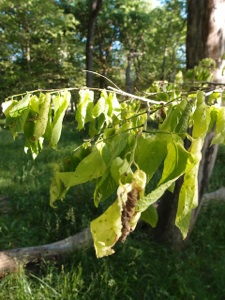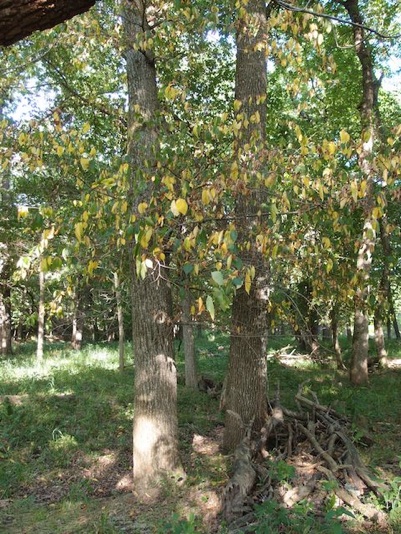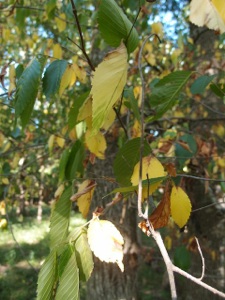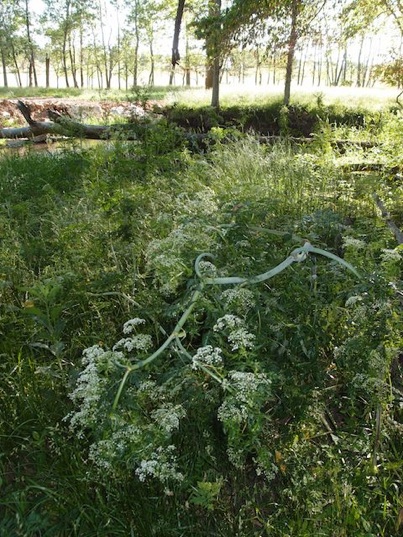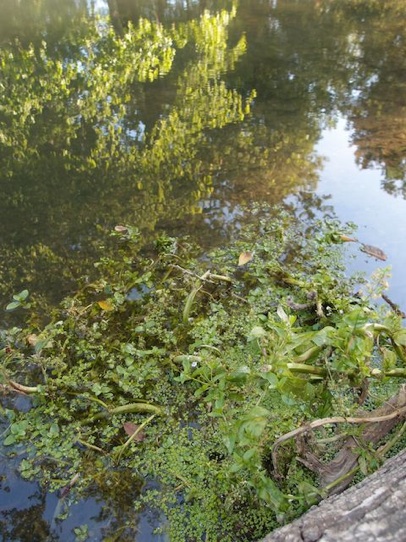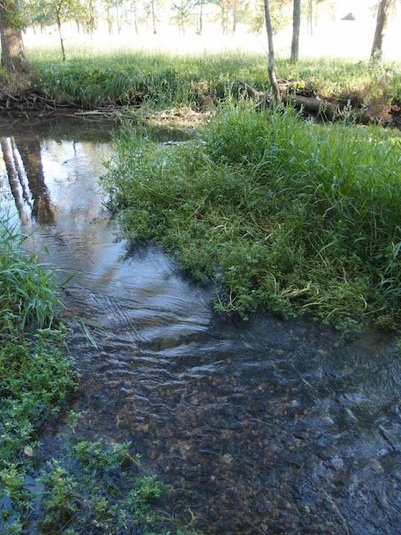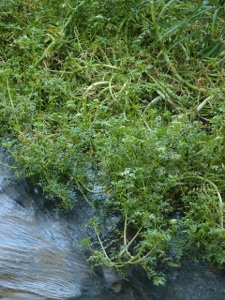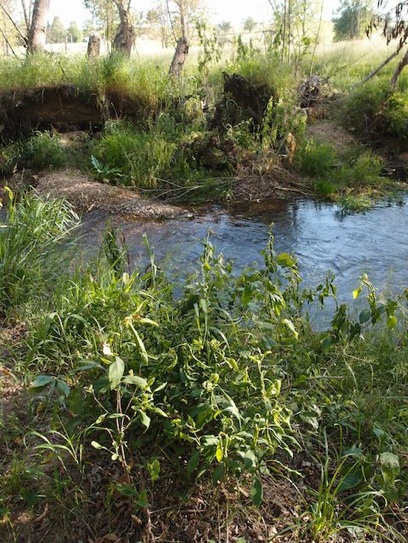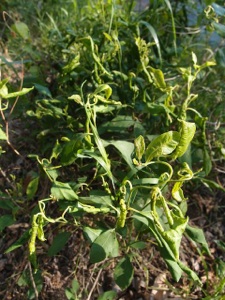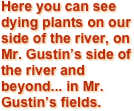On Wednesday, April 25, 2012, Scott Manley, the guy who rents land from the adjacent landowner (Terry Gustin), sprayed a 2, 4-D herbicide near our family fence line. The toxin overspray was carried by hot westerly gusting winds East onto our family farm killing and damaging gardens, elderberries, flowers, shrubs and a number of large, mature hard wood trees. Hundreds of trees were affected. The toxin was sprayed into the Sac River and a lake that provides the water supply for the City of Springfield.


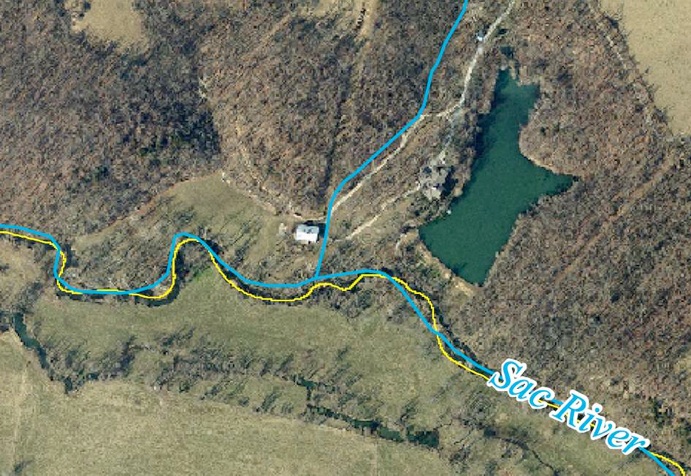
* * *


000
CDUS43 KSGF 260628
CLISGF
CLIMATE REPORT
NATIONAL WEATHER SERVICE SPRINGFIELD MO
126 AM CDT THU APR 26 2012
...................................
...THE SPRINGFIELD MO CLIMATE SUMMARY FOR APRIL 25 2012...
CLIMATE NORMAL PERIOD 1981 TO 2010
CLIMATE RECORD PERIOD 1888 TO 2012
WEATHER ITEM OBSERVED TIME RECORD YEAR NORMAL DEPARTURE LAST
VALUE (LST) VALUE VALUE FROM YEAR
NORMAL
..................................................................
TEMPERATURE (F)
YESTERDAY
MAXIMUM 83 349 PM 85 1984 70 13 58
MINIMUM 63 1213 AM 29 1910 48 15 54
AVERAGE 73 59 14 56
PRECIPITATION (IN)
YESTERDAY T 2.31 2011 0.16 -0.16 2.31
MONTH TO DATE 3.65 3.48 0.17 7.64
SINCE MAR 1 6.38 7.10 -0.72 11.89
SINCE JAN 1 9.70 12.09 -2.39 15.58
SNOWFALL (IN)
YESTERDAY 0.0
MONTH TO DATE 0.0
SINCE MAR 1 T
SINCE JUL 1 2.8
SNOW DEPTH 0
DEGREE DAYS
HEATING
YESTERDAY 0 7 -7 9
MONTH TO DATE 193 268 -75 184
SINCE MAR 1 432 849 -417 752
SINCE JUL 1 3639 4442 -803 4462
COOLING
YESTERDAY 8 1 7 0
MONTH TO DATE 30 18 12 33
SINCE MAR 1 64 21 43 38
SINCE JAN 1 64 21 43 38
..................................................................
WIND (MPH)
HIGHEST WIND SPEED 31 HIGHEST WIND DIRECTION W (260)
HIGHEST GUST SPEED 39 HIGHEST GUST DIRECTION W (250)
AVERAGE WIND SPEED 13.5
SKY COVER
AVERAGE SKY COVER 0.1
WEATHER CONDITIONS
THE FOLLOWING WEATHER WAS RECORDED YESTERDAY.
LIGHT RAIN
RELATIVE HUMIDITY (PERCENT)
HIGHEST 79 800 PM
LOWEST 36 300 AM
AVERAGE 58
..........................................................
THE SPRINGFIELD MO CLIMATE NORMALS FOR TODAY
NORMAL RECORD YEAR
MAXIMUM TEMPERATURE (F) 70 88 1989
MINIMUM TEMPERATURE (F) 48 30 1976
SUNRISE AND SUNSET
APRIL 26 2012.........SUNRISE 624 AM CDT SUNSET 759 PM CDT
APRIL 27 2012.........SUNRISE 623 AM CDT SUNSET 800 PM CDT
- INDICATES NEGATIVE NUMBERS.
R INDICATES RECORD WAS SET OR TIED.
MM INDICATES DATA IS MISSING.
T INDICATES TRACE AMOUNT.
The U.S. Naval Observatory (USNO) computes astronomical data. Therefore, the NWS does not record, certify, or authenticate astronomical data. Computed times of sunrise, sunset, moonrise, moonset; and twilight, moon phases and other astronomical data are available from USNO's Astronomical Applications Department (http://www.usno.navy.mil). See http://www.usno.navy.mil/USNO/astronomical-applications/astronomical-information-center/litigation for information on using these data for legal purposes.














According to Wikipedia: “2,4-Dichlorophenoxyacetic acid (usually referred to by its abbreviation, 2,4-D) is a common systemic pesticide/herbicide used in the control of broadleaf weeds. It is the most widely used herbicide in the world, and the third most commonly used in North America.[1] 2,4-D is a synthetic auxin (plant hormone), and as such it is often used in laboratories for plant research and as a supplement in plant cell culture media such as MS medium. It was a major ingredient in Agent Orange alongside its chemically-similar relative, 2,4,5-T (2,4,5-trichlorophenoxyacetic acid).”
Typical of the warnings that are printed on the label of 2, 4-D products is the following:
On April 25, Mr. Manley ignored several of the critical warnings above.
On Thursday, April 26, my father, Dick Chiles noticed the extensive damage to his trees, plants and gardens and called the landowner, Terry Gustin. Terry said his lessee, Mr. Manley, had been spraying 2, 4-D on his property near the fence line to kill hemlock plants.
Dick and Ellen called me and expressed their extreme displeasure at this turn of events. That afternoon, I called Mr. Manley (cell phone 417-887-7521). I said my parents knew about his spraying the day before and I mentioned their distress at the widespread epidemic of dying trees and plants. Mr. Manley said he had been spraying 2, 4-D on Mr. Gustin’s property the day before. He said he would do “whatever is takes to make it right”. I said I had not seen the damage myself and suggested that he meet me and the family on the site of the damage so we could all see what had occurred. My firm impression was that Mr. Manley would meet me the following day.
Mr. Manley did not show up Friday. My parents had a phone conversation with him and he said he was busy but would come by to see the damage on Monday or Tuesday of the following week (April 30, May 1). Mr. Manley did not come by on either April 30 or May 1 and as of this writing (May 12), he has not visited, called or made any attempt to contact the family.
During the week of May 30, commercial mowers noted that a spray rig was once again spraying something on weeds on Mr. Gustin’s property.
“DO NOT apply this product directly to freshwater habitats such as lakes, rivers, sloughs, ponds, prairie potholes, creeks, marshes, streams, reservoirs and wetlands, estuaries or
marine habitats.
DO NOT contaminate irrigation/drinking water supplies or aquatic habitats by cleaning of equipment or disposal of wastes.
DO NOT apply to the exposed roots of trees and ornamentals.
Field sprayer application: DO NOT apply during periods of dead calm. Avoid application of this product when winds are gusty.”



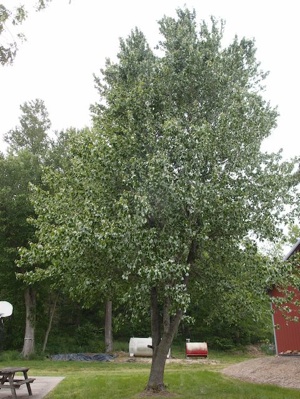
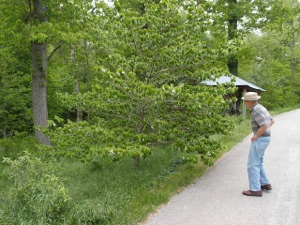


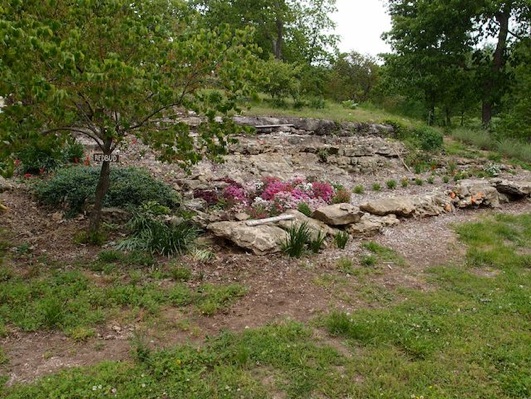
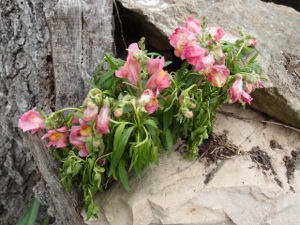

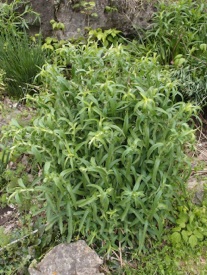
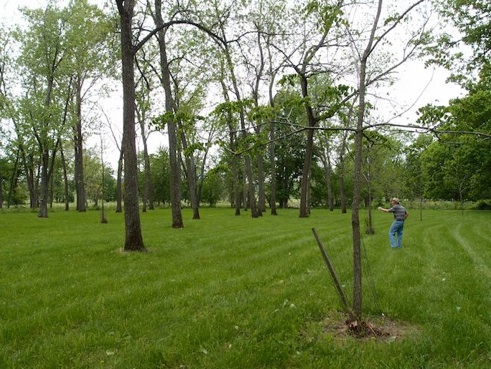
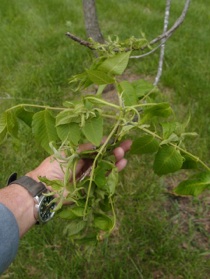

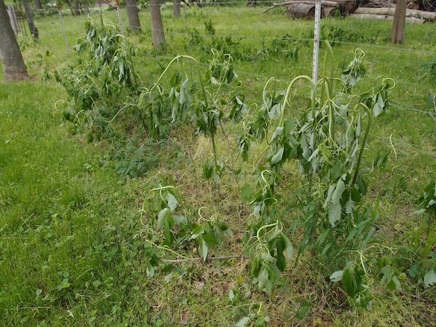

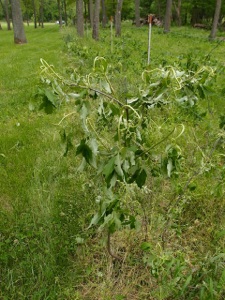
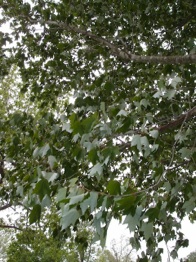
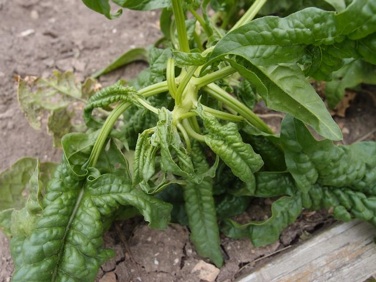
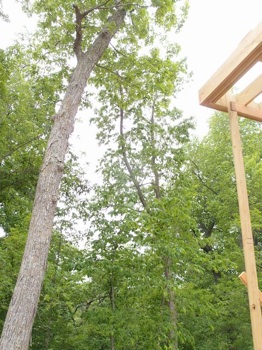




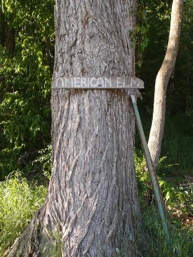
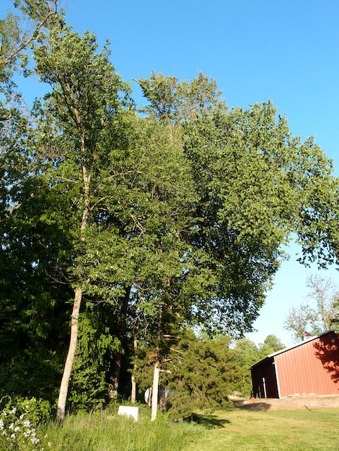

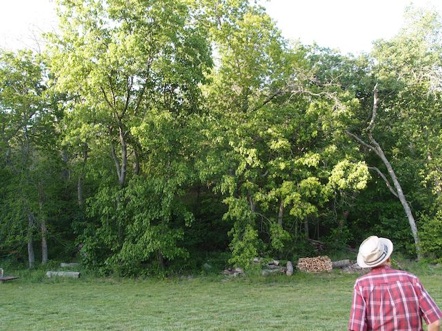
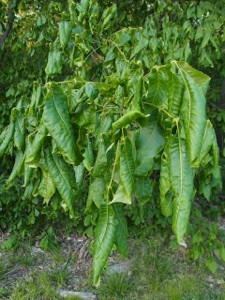

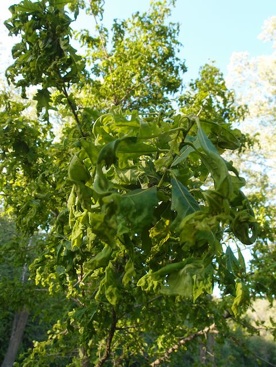
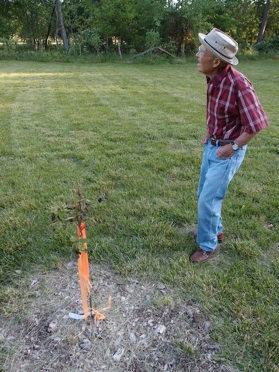
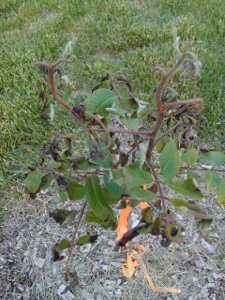

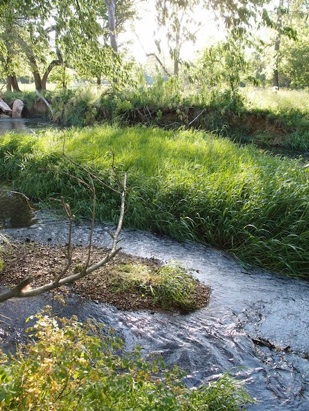
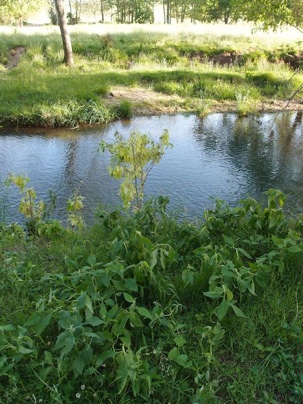
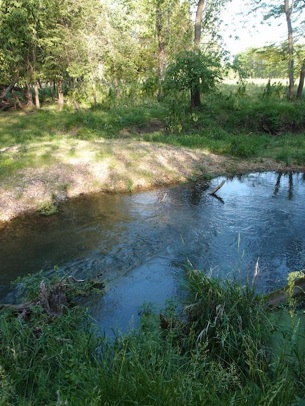

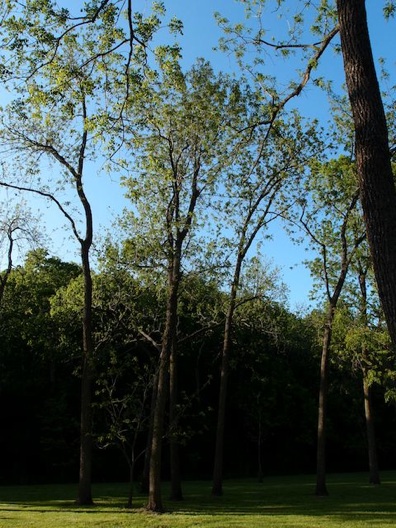
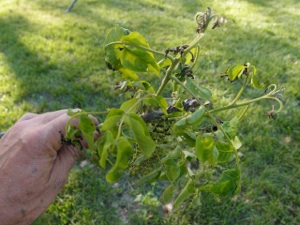

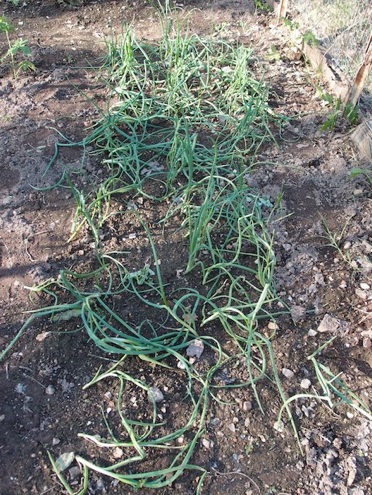
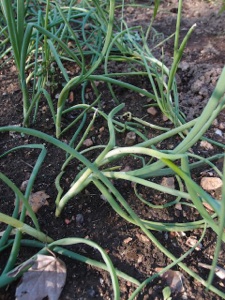

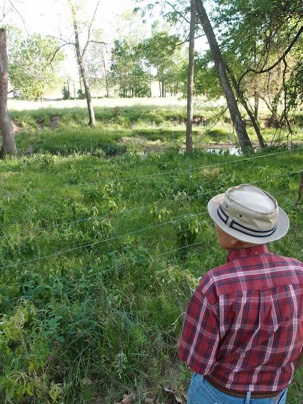
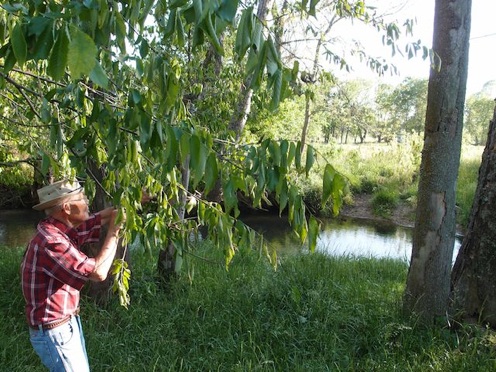
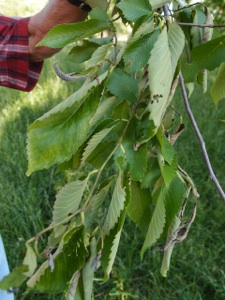



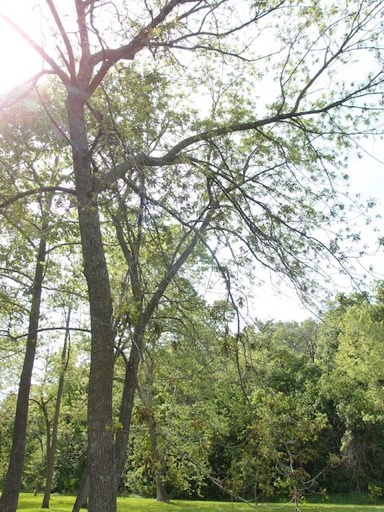
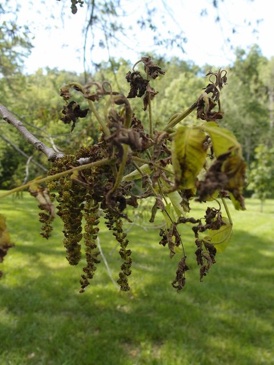

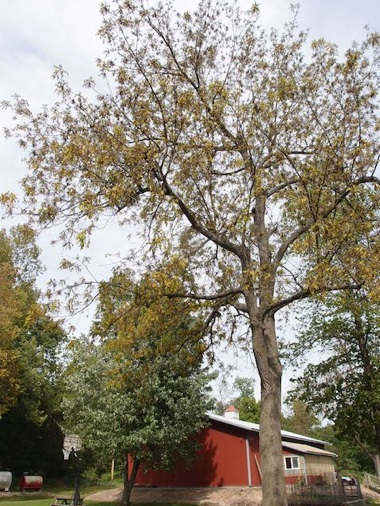

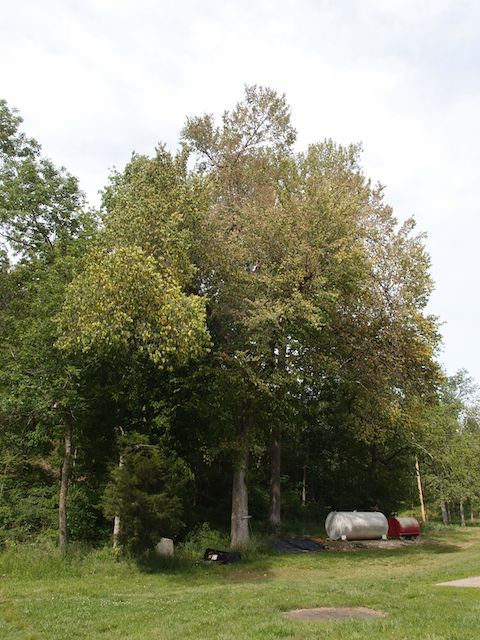

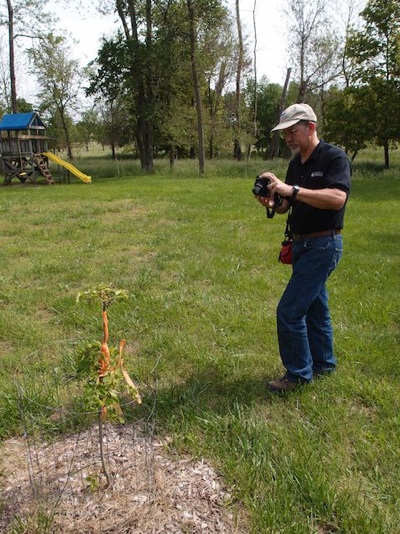
































Today, I walked in the fields and along the Sac river to record the damage caused by Mr. Manley. Many trees in the fields are dying including a large number of walnut trees. There is widespread damage along the Sac River... nearly every bush and tree is affected. There is also clear evidence that the poison ended up in the Sac River, in clear violation of federal law.
